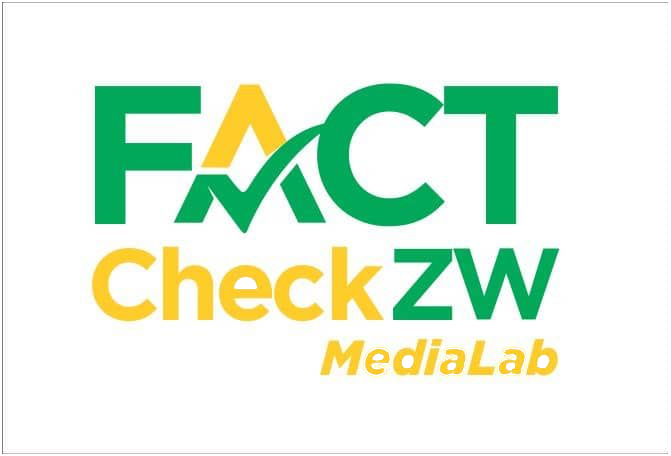CLAIM: World Bank found that half of Zimbabweans live in extreme poverty
SOURCE: Fadzayi Mahere – quoted in Africa Press.
VERDICT: Inaccurate
In an October 19 story titled “US$150 Doesn’t Cover Fees For 1 Child” – Mahere Responds To Govt’s Proposed Minimum Wage, Fadzayi Mahere, Citizens Coalition for Change spokesperson is quoted as stating that the World Bank found that half of Zimbabweans live in extreme poverty.
Although the article did not mention the source of the quote, FactCheckZW traced it to a tweet she made on 19 October 2022.
In the tweet, Mahere says, ‘$150? That’s inadequate. No wonder the @WorldBank found that half of Zimbabweans live in extreme poverty. This is not enough. It can’t even cover one child’s school fees let alone food, rent, electricity & basic living expenses. We need new leaders.🇿🇼’.
She was responding to an article by the Newsday that government is proposing US$150, or equivalent, per month as the minimum wage.
Extreme poverty
Extreme poverty refers to people who live on less than US$1.90 a day. This is a change from the $1.25 which was being used prior to October 2015.
The United Nations Guiding Principles on Extreme Poverty and Human Rights define extreme poverty as being characterised by social exclusion and by an accumulation of insecurities in many areas of life: a lack of identity papers, unsafe housing, insufficient food, and a lack of access to health care and to education. These insecurities tend to cut people off from the rest of society. Their compounded result is a cycle of extreme poverty passed down from one generation to the next.
The World Bank estimates that less than 10% of the world’s population live under its new threshold of $1.90 a day (based on the US dollar exchange rate of 2011).
This is a dramatic fall from the more than 1 billion people in extreme poverty in 2011, under the old definition of living below $1.25 (measured in 2005 US dollars).
According to the United Nations, more than 700 million people, or 10 per cent of the world population, still live in extreme poverty today, struggling to fulfil the most basic needs like health, education, and access to water and sanitation, to name a few.
The majority of people living on less than $1.90 a day live in sub-Saharan Africa. Worldwide, the poverty rate in rural areas is 17.2 per cent—more than three times higher than in urban areas.
The COVID-19 pandemic added 1.3 million Zimbabweans to the numbers of extreme poor as jobs and income were lost in urban areas
The 2020 Rapid Poverty Income Consumption and Expenditure Survey (PICES) Telephonic Survey conducted by Zimbabwe National Statistics Agency (ZIMSTAT), in partnership with the World Bank and UNICEF, found that almost half the population in Zimbabwe was in extreme poverty in 2020 due to the combined effects of increase in the price of basic necessities, economic contraction caused by the COVID-19 pandemic, and poor harvests.
Extreme poverty increased from 30% in 2017 to an estimated 49% during the pandemic.
The Covid-19 pandemic added more than 1,3 million people to extreme poverty in an environment where persistent droughts (effects of climate change), high levels of inflation and economic instability have devastated many livelihoods.
According to ZimStat, extreme poverty in Zimbabwe has been rising over the past three years, growing from 29% in 2018 to 34% in 2019, 49% in 2020 and 43% in 2021.
The reduction from 49% in 2020 to 43% in 2021 happened with the post-COVID 19 recovery.
This has seen a reduction of people living in extreme poverty from a high of 7.9 million people during the 2020 COVID-19 lockdown to 6.4 million post hard lockdown.
Half? Almost half? What difference does it make?
In conclusion, the claim that half of Zimbabweans live under extreme poverty has been rated as inaccurate. While Zimbabwe’s extreme poverty did go to an all time high at 49% during the 2020 COVID-19 lockdown period, it has since come down to 43% post COVID-19 recovery. While it may be argued that 49% is almost half, the figure never got to 50% and has since that 2020 high, come down to 43% according to the World Bank.








